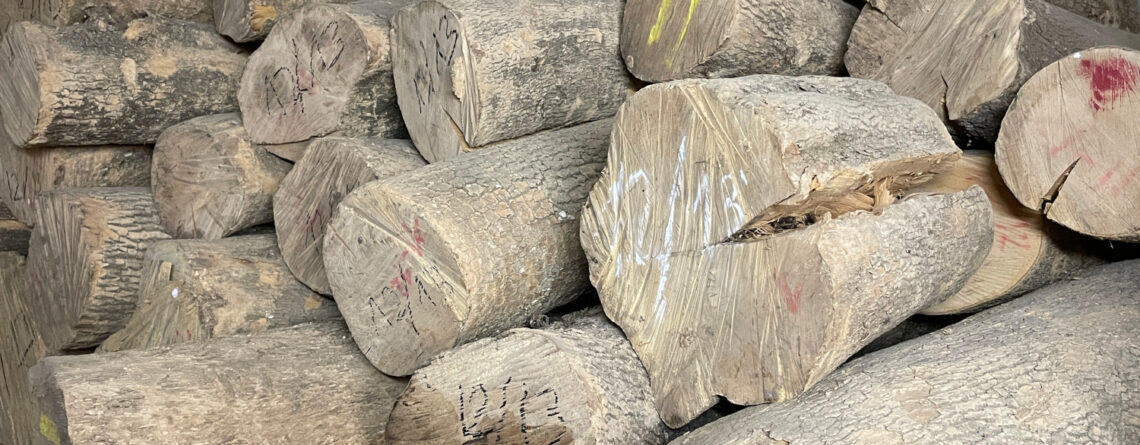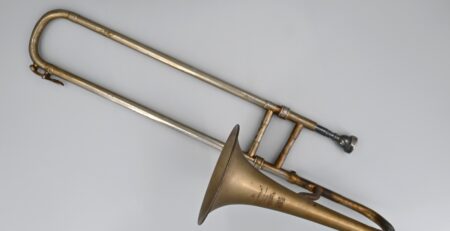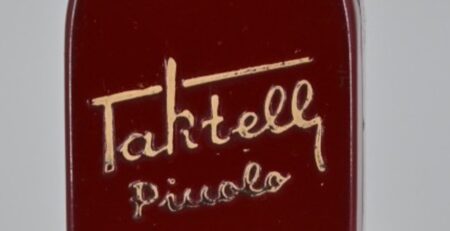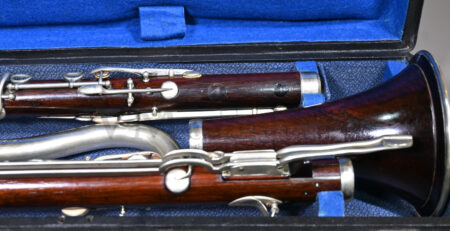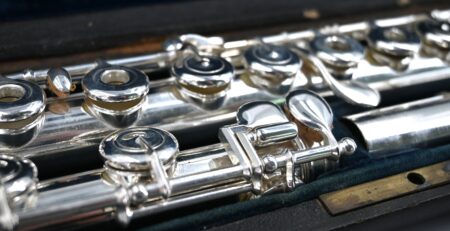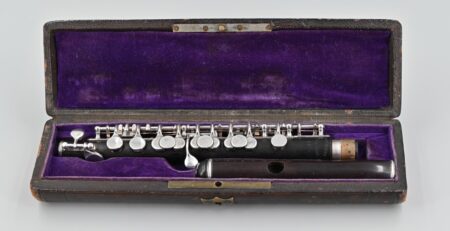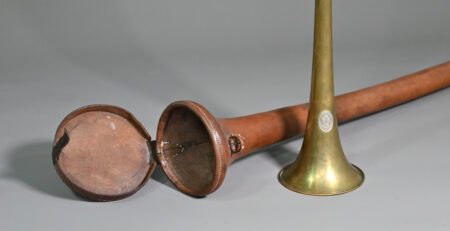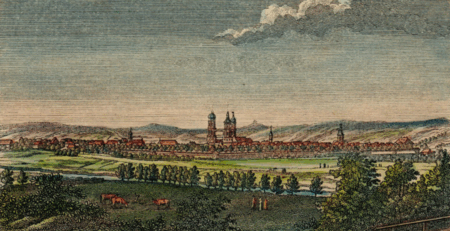Boxwood
Boxwood is a lovely wood and it’s hardly surprising that it remains quite a favourite among today’s woodwind instrument makers. Buxus sempervirens, known as European boxwood, or common boxwood, is a species of flowering plant. It is an evergreen bush really, rather than a tree. It takes a long time to grow and it is difficult to find completely straight trunks without knots to use for items such as flutes.
Boxwood has a uniform grain and is very dense and hard, which is why it was so popular for wood turning and instrument making in the 18th century. At that time many instruments were predominantly made from boxwood. Then several tropical hardwoods became popular during the 1800s as tonewood. People wanted to have furniture and also instruments made from exotic types of wood. So, boxwood lost ground to these newcomers to Europe.
There were also some disadvantages to boxwood: its tendency to warp and easily soil. This led to the ‘banana’ effect with flutes for example, as the wood warped over time.
The wood is naturally yellow in colour and can be left with a natural, polished finished. Boxwood then darkens over time to have a nice honey-yellow colour. It can also be stained using acid staining to give it an orange-brown or dark-brown colour, and in wooden flute construction, many makers use a violin varnish for the finish. This is an extremely arduous technique that requires expertise and precision.

Sadly, since around 2006, the spread of the box tree moth called the Cydalima perspectalis has led to huge losses of boxwood ‘trees’ that have taken hundreds of years to grow. It was sad to see forests of boxwood reduced to almost nothing.
Now it’s very rare and wonderful to see just one full grown 100+ year boxwood tree. So, when that happens – some people just can’t resist and have to hug it!
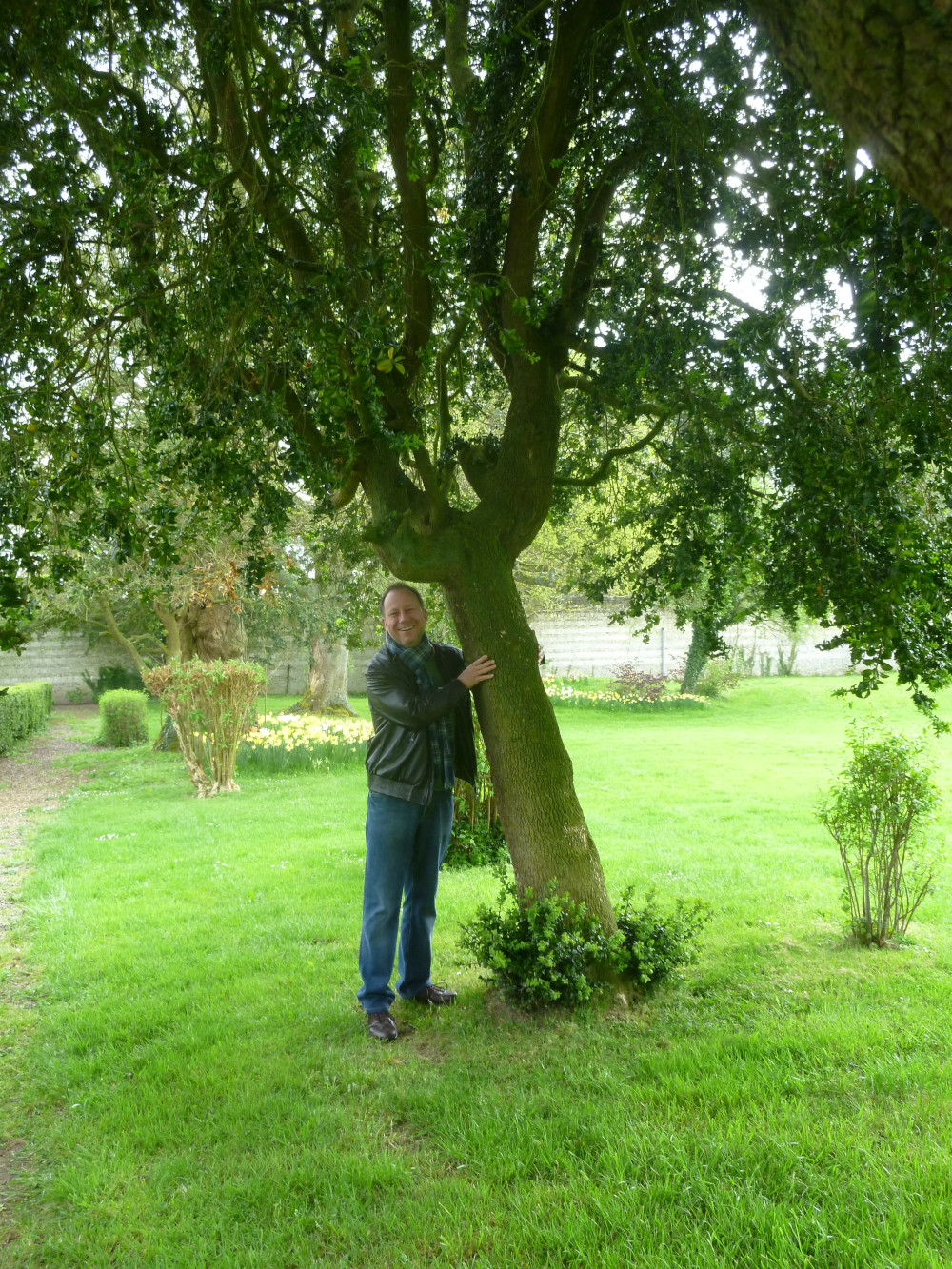
And finally…French boxwood beer!
Years ago, boxwood was used in France as a substitute for hops (Humulus lupulus) in making beer. “Buxine” or Buxinia is a potentially toxic alkaloid obtained from boxwood. In around 1830, it was reported how the French were using boxwood to make beer. The Repertory of Patent Inventions reported the news in 1832.

The famous French botanist Abel Aubert Dupetit Thouars later expanded on the published news. He stated that he was convinced that buxine, used to flavour beer, had a unique taste and a repulsive odour that most drinkers found off-putting, leading to the poor quality of nearly all beer brewed in Paris. He also thought that its inclusion in beer was hazardous due to the highly toxic characteristics of many Euphorbiaceae, including boxwood.
Thank goodness for M. Dupetit Thouars! Cheers!

